The Body by Bill Bryson: 21 Astonishing Facts That Will Shake Your Beliefs About Human Life
In his captivating scientific masterpiece, The Body by Bill Bryson, the celebrated author of A Short History of Nearly Everything embarks on a jaw-dropping journey through the wondrous machine we call the human body. With wit, eloquence, and an eye for the absurd, Bryson unpacks the mechanisms of our skin, skeleton, brain, and bowels to present a riveting exploration of the organism we inhabit but barely understand.
Let us delve deep into The Body by Bill Bryson, an encyclopedic yet readable adventure that illuminates both the grandeur and fragility of our physical existence. This blog post examines 21 eye-opening revelations, chapter by chapter, and helps you decide whether this book deserves a space on your bookshelf—and more importantly, in your consciousness.
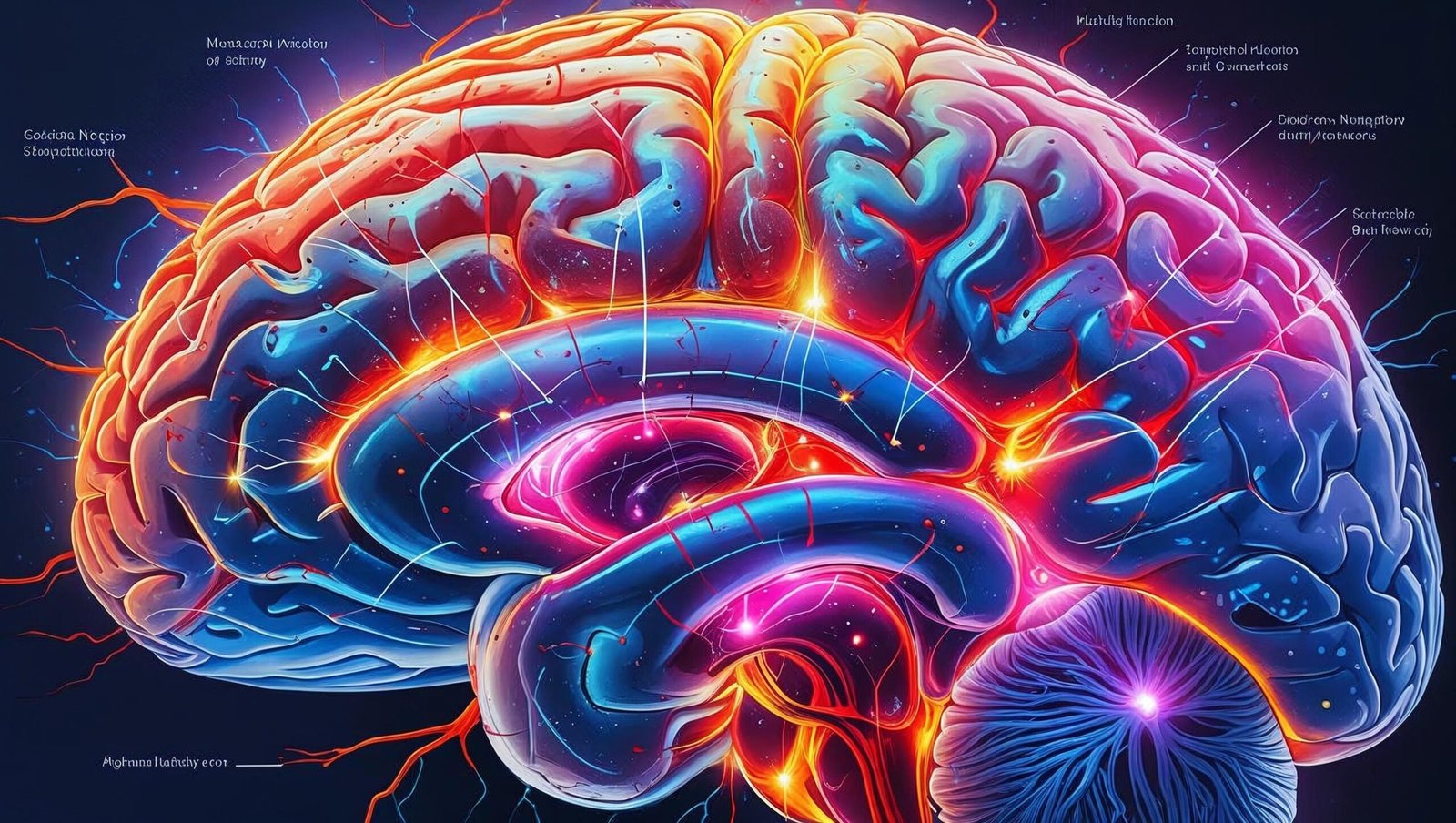
Chapter-Wise Insights from The Body by Bill Bryson
1. We Are Mostly Nothing
Bryson begins The Body by Bill Bryson by making an unsettling but profound observation: we are mostly empty space. Atoms, which constitute us entirely, are 99.9999999% empty. This idea alone tilts the foundation of what we think we are.
2. Your Skin is Your Castle
One of the most shocking insights from The Body by Bill Bryson is that our skin, the largest organ, protects us every second yet remains vastly underappreciated. We shed millions of skin cells daily, unknowingly creating much of the dust in our homes.
3. The Brain is a Tyrant
Bryson devotes much time in The Body by Bill Bryson to our most complex organ—the brain. Weighing just about 1.4 kilograms, it consumes 20% of our energy and remains the most mysterious structure in the known universe.
4. Pain is Poorly Understood
The book reveals that pain, despite being universal, is a barely understood signal. In The Body by Bill Bryson, we learn that phantom limb pain can persist long after a limb is gone—showing how poorly pain mechanisms are grasped.
5. You Have a Billion Heartbeats
In The Body by Bill Bryson, we are told that most mammals get roughly a billion heartbeats in a lifetime. Humans have extended this through modern medicine, but stress and lifestyle are rapidly shortening our share.
6. Your Microbiome Rules You
Perhaps the most jarring insight in The Body by Bill Bryson is that you are not mostly you. More than half the cells in your body are microbial. These unseen guests play essential roles in digestion, immunity, and even emotion.
7. We Are Chemical Aliens
In The Body by Bill Bryson, readers learn that the chemical makeup of our bodies includes substances that sound as though they belong in a chemistry lab—arsenic, nickel, and molybdenum—making us strange mixtures of the periodic table.
8. Bones are Remarkably Light Yet Strong
Bryson notes that our skeleton makes up only 15% of our body weight. Yet bone is stronger, ounce for ounce, than steel. The Body by Bill Bryson teaches us to respect the quiet power of our support structure.
9. The Heart Never Truly Rests
In The Body by Bill Bryson, it is pointed out that our hearts beat over 100,000 times daily. What’s more staggering is that the heart muscles never rest—a miracle of biological endurance.
10. The Lungs Are Vast
The Body by Bill Bryson describes how our lungs, when flattened out, would cover a tennis court. And yet they fit snugly into our chests. Their design is nothing short of miraculous.
Why Read The Body by Bill Bryson?
There are countless books on human anatomy, but The Body by Bill Bryson transcends the genre by turning facts into fascination. It is witty without being frivolous, intelligent without being intimidating.
The Body by Bill Bryson is not just a science book; it is a mirror reflecting our magnificent complexity and fragile transience. It compels readers to marvel at being alive.
More Incredible Discoveries in The Body by Bill Bryson
11. The Human Immune System Is a Genius
Bryson’s exploration in The Body by Bill Bryson portrays the immune system as a silent army that battles trillions of threats daily. Yet, most of the time, it operates without any conscious awareness.
12. Sleep is Still a Mystery
Despite decades of study, The Body by Bill Bryson acknowledges that sleep remains one of the least understood phenomena. We spend a third of our lives asleep, yet we do not know exactly why.
13. We’re Poorly Designed
There is irony in how The Body by Bill Bryson describes human biology. The upright spine causes back pain, the eye has a blind spot, and the reproductive system is remarkably inefficient—evolution works, but it doesn’t always optimize.
14. Medicine is Full of Guesswork
Bryson highlights in The Body by Bill Bryson that medicine, though advanced, is replete with educated guesswork. From diagnosing migraines to choosing antibiotics, it is still part science and part art.
15. Placebo is Powerful
The Body by Bill Bryson notes that belief is sometimes more potent than medicine. The placebo effect—merely thinking one is being treated—can trigger actual healing.
The Writing Style: Accessible Genius
What makes The Body by Bill Bryson so impactful is its readability. Bryson translates dense anatomical and medical knowledge into stories, analogies, and observations that linger.
He doesn’t merely tell you that nerves conduct electricity; he tells you it’s slower than your home Wi-Fi. That’s how The Body by Bill Bryson becomes memorable.
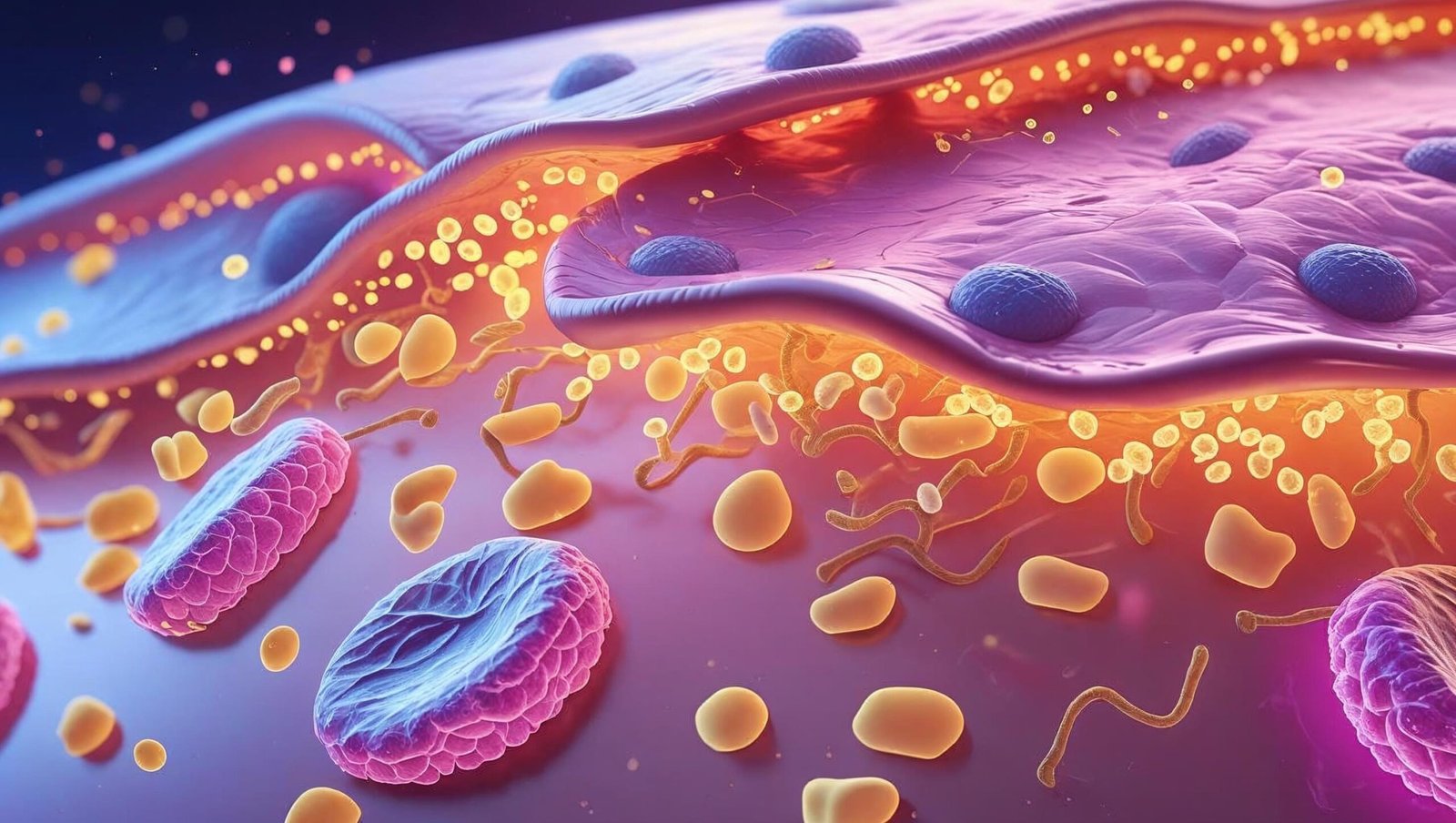
Criticism: Is Anything Missing?
While The Body by Bill Bryson is exhaustive, critics argue it could delve more into mental health or reproductive intricacies. Bryson touches these areas, but perhaps more could be said, especially in a modern context.
16–21: Final Mind-Blowing Facts from The Body by Bill Bryson
-
Every Cell Has Its Own Clock
Circadian rhythms are embedded in nearly every cell—The Body by Bill Bryson tells us how deeply time regulates our biology. -
Nerves Regrow Slowly
Nerves regenerate at about 1 mm per day—another biological bottleneck explained in The Body by Bill Bryson. -
Your Tongue Is a Muscle Powerhouse
It never tires and is a mix of eight muscles—The Body by Bill Bryson offers fascinating tongue trivia. -
Your Eyes See Upside Down
Yes, the retina sees everything inverted. Your brain flips the image. The Body by Bill Bryson makes this ordinary fact feel surreal. -
Sperm Cells Are Overachievers
Of the hundreds of millions released, only one makes it to the egg. This astonishing biological competition is covered in The Body by Bill Bryson. -
The Body Is an Ongoing Experiment
Ultimately, The Body by Bill Bryson reveals that evolution is an experiment without a blueprint. We are incomplete, temporary, and miraculous.
The Human Form as a Narrative: A Broader Reflection
One of the most remarkable achievements of the book lies in its ability to transform hard science into compelling narrative. Anatomy and physiology are often dry subjects, locked away in medical textbooks. However, through vivid storytelling, the author succeeds in breathing life into subjects that would otherwise seem lifeless—ironically, given their role in sustaining our lives.
From the first page, readers are not merely told about biological functions—they are guided through hallways of history, corridors of curiosity, and vaults of scientific wonder. Every chapter reads like a well-crafted tale, inviting even the least scientifically inclined reader to explore.
The book is not just about explaining parts; it is about celebrating them. The structure of our joints, the flow of our circulatory system, the mystery of our endocrine messaging—they are all treated with reverence. It forces the reader to pause and realize that walking, breathing, and thinking are nothing short of miracles happening in real time.
Humour in Science: A Rare Gift
Scientific writing often struggles with tone. It can either be too serious or too whimsical, lacking a firm grasp of either domain. However, what distinguishes this narrative is the masterful balance of levity and gravitas.
Jokes, sarcasm, and clever observations are sprinkled liberally, yet never at the expense of accuracy. For instance, there are witty remarks about the absurd complexity of the human reproductive system or tongue-in-cheek comments on how little scientists still understand about seemingly basic biological processes.
This balance is rare and powerful. It makes the material accessible and memorable. When we laugh, we remember. And this book, with its mix of amusement and amazement, becomes etched in memory.
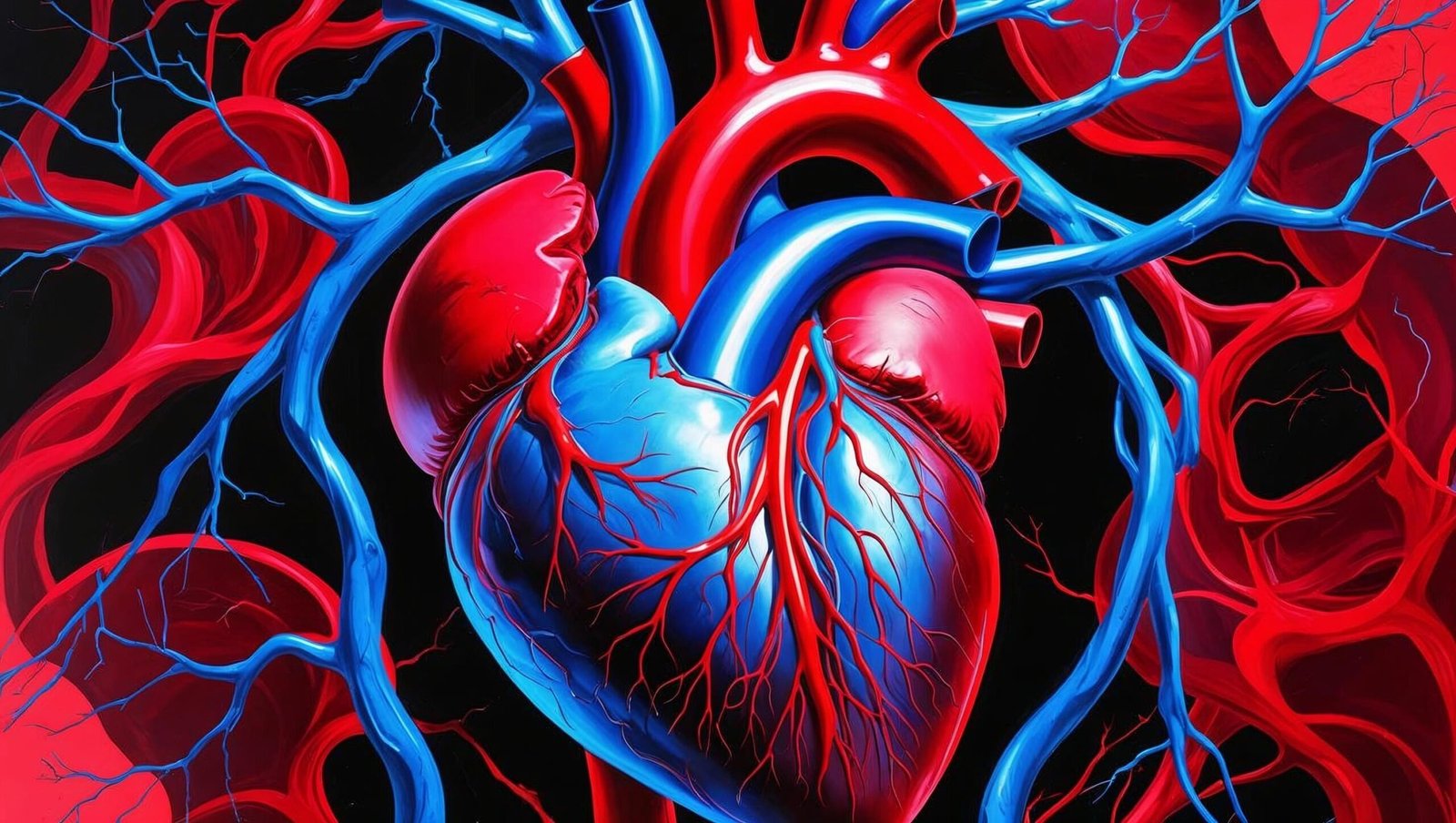
A Historical Context to Modern Understanding
Science does not exist in a vacuum, and this fact is made abundantly clear. The reader is introduced to the many pioneers who, over the centuries, peeled back the layers of ignorance surrounding human biology.
From early anatomists dissecting cadavers in secrecy to 20th-century researchers decoding DNA, the book serves as a subtle history lesson. It doesn’t merely highlight discoveries—it shows how difficult and, at times, dangerous it was to make them.
For example, the struggles of 18th-century surgeons working without anaesthesia or antiseptics are vividly depicted. Their courage, or perhaps desperation, laid the groundwork for modern medicine. The depiction of these stories invites deep appreciation for how far we’ve come.
Ethical Dilemmas in the Pursuit of Knowledge
One of the most thought-provoking undercurrents is the ethical complexity involved in the progress of medical science. Breakthroughs in physiology and pathology have often walked a fine line between discovery and exploitation.
Accounts of unethical experiments, forced sterilizations, and neglected clinical trials are covered with honesty. This reminder is crucial. It shows that while the trajectory of scientific advancement bends toward knowledge, it does not always bend toward justice.
Readers are encouraged to not just marvel at science but also question its cost. It’s a sobering reminder that knowledge, like power, must be handled with care and conscience.
The Unsung Heroes of Health
Doctors and nurses often occupy the spotlight in medical narratives. However, what this book does differently is bring attention to lesser-known contributors—lab technicians, sanitation engineers, medical illustrators, and historical figures who never became household names.
The story of Ignaz Semmelweis, who promoted handwashing long before it became standard practice, is both inspiring and tragic. Despite saving countless lives, he faced ridicule and professional exile. His story underlines how resistant systems can be to change—even when evidence is overwhelming.
By spotlighting these forgotten figures, the book becomes a tribute not just to the body, but to those who helped us understand and protect it.
A Celebration of Complexity
Modern humans are often lulled into thinking that technology has all the answers. We walk with smartwatches that monitor our heart rate, take medications with known molecular formulas, and trust machines to measure everything from glucose to cholesterol.
Yet, the author makes it clear that we are still profoundly in the dark about many bodily mechanisms. There are cells whose functions remain mysterious. Diseases whose causes are not yet understood. Syndromes that defy classification.
Rather than this being a discouragement, it is an invitation to wonder. The more we know, the more we realize how little we comprehend. The human organism remains one of the most sophisticated puzzles in the universe.
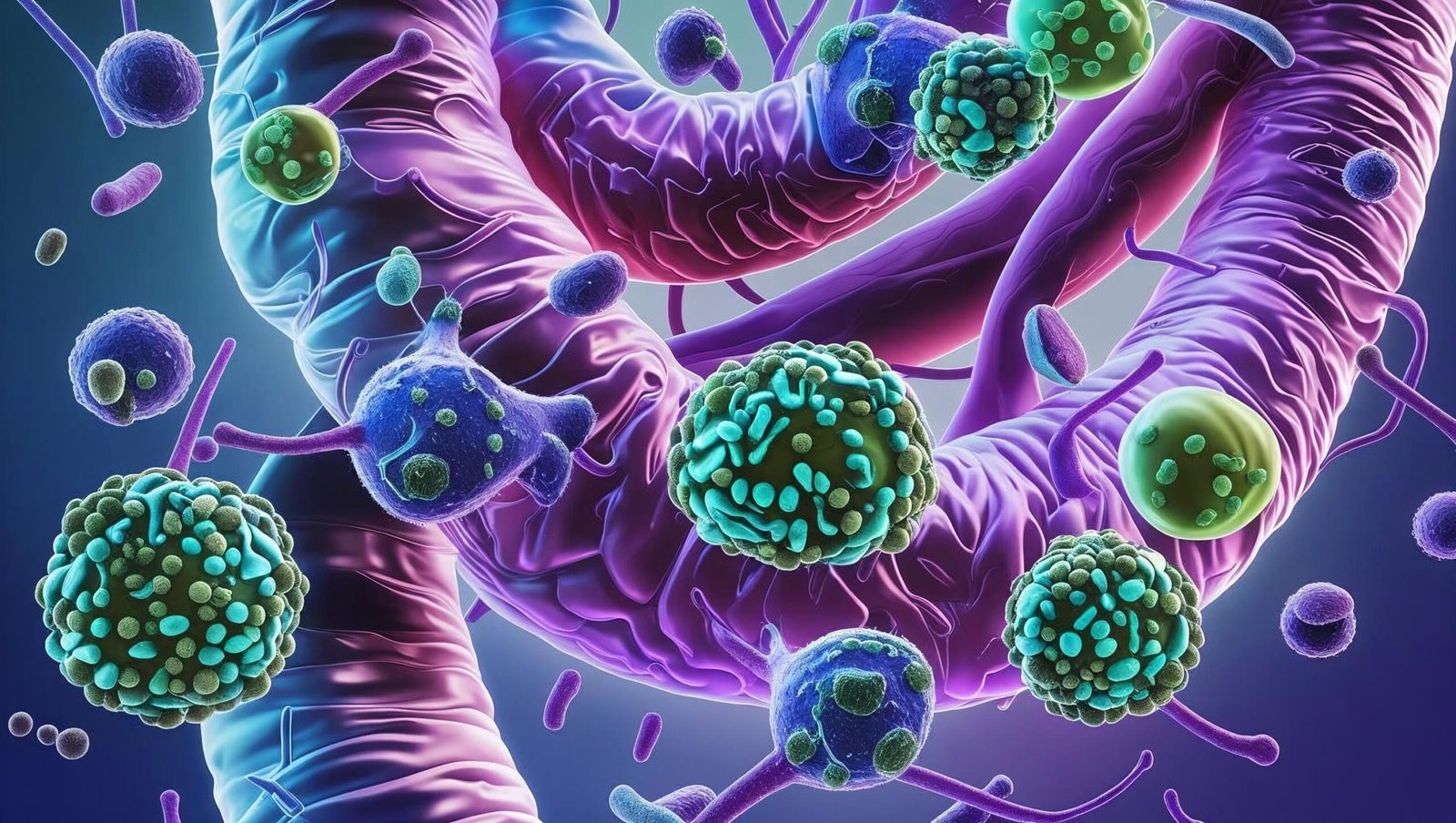
Systems Working in Symbiosis
Another fascinating theme is how different systems collaborate invisibly. The immune system, for instance, relies on circulatory pathways to reach the site of injury. The skeletal framework supports muscular movement, which in turn relies on oxygen supplied through respiration.
Every sneeze, smile, or shiver involves multiple systems working in harmony. One of the biggest takeaways is that disruption in one small part can set off a chain reaction across the entire body. This interconnectedness fosters humility—we are not independent entities; we are ecosystems.
Modern Health Crises and the Body
Chronic diseases such as diabetes, cardiovascular issues, and autoimmune disorders receive contextual treatment. The book doesn’t just list causes; it frames them in the context of modern life.
For instance, sedentary lifestyles, processed diets, and constant stress are implicated not just statistically, but biologically. The reader is guided through how long hours of sitting affect the spine and metabolism, or how inflammation plays a central role in many chronic conditions.
The broader message is not alarmist but empowering. Knowledge is the first step to taking charge of one’s well-being.
From Microscopic to Monumental
Perhaps one of the most arresting aspects of the book is how it toggles between scales—from the microscopic to the monumental.
On one page, the reader is drawn into the tiny cilia in the lungs that help keep pathogens out. On the next, they are considering the mind-bending coordination of the entire muscular system during a sprint. The shifts in scale are not jarring but seamless.
This literary technique magnifies awe. It emphasizes that size does not dictate significance. The smallest elements in our bodies often do the heaviest lifting.
A Meditative Experience
While the book is rooted in facts, it often flirts with the philosophical. What does it mean to be alive? Why do we heal? How do cells know when to stop dividing? These are not merely scientific questions; they are existential ones.
Reading this narrative becomes a meditative experience. It prompts introspection. One starts to notice the pulse in one’s wrist, the rhythm of breath, the quiet ache of muscles—and appreciates them in a way they never had before.
It becomes clear that the marvel of biology is not just in labs or textbooks. It is within us, all the time.
A Book for All Ages and Interests
Whether you are a curious teenager, a medical student, or a retiree with a thirst for knowledge, this book offers something of value. Its tone is inclusive, its examples varied, and its humour ageless.
Teachers can use it to inspire students. Parents can use it to answer their children’s questions. Health professionals can use it to reconnect with their purpose. It’s a rare piece of writing that transcends its genre to become a universal text.
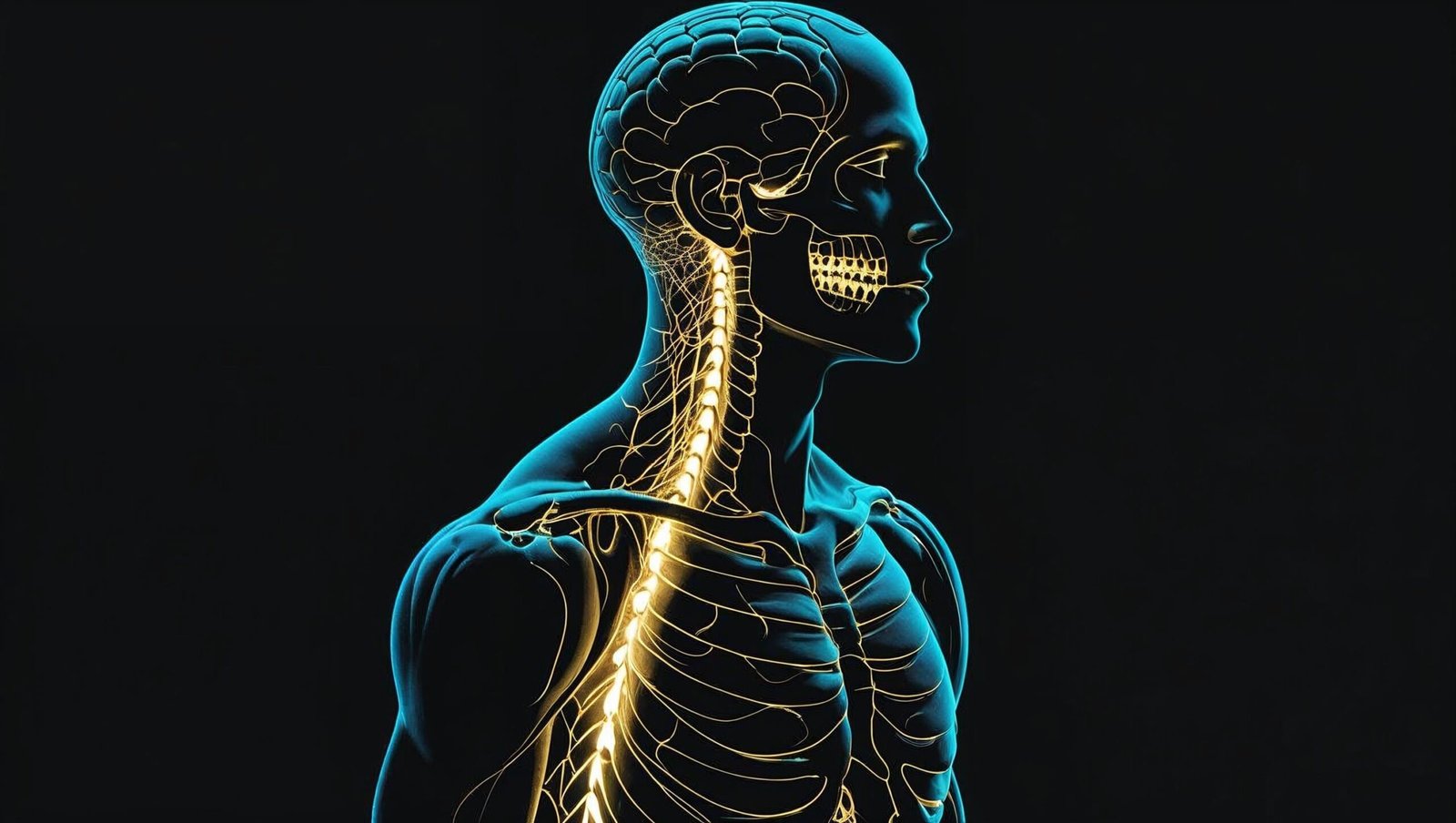
Final Thoughts on the Extended Reading
To read this book is to take a guided tour of life itself. You don’t just walk away with facts. You walk away with reverence.
The work it describes never stops. Blood continues to flow. Neurons continue to fire. Cells continue to divide. And in this tireless, wordless labor lies the poetry of life.
If more people understood what their bodies do for them every day, perhaps they would treat them with more care, awe, and gratitude. That, in the end, might be the book’s most vital contribution.
FAQs About The Body by Bill Bryson
❓ Is The Body by Bill Bryson suitable for non-scientific readers?
Yes. The book is written in a conversational tone, with humour and clarity, making it accessible to all.
❓ Does The Body by Bill Bryson cover all organs?
It covers most major systems—skeletal, muscular, nervous, circulatory, digestive, and more—but some areas are less emphasized.
❓ How accurate is the information in The Body by Bill Bryson?
Bryson cites over 400 experts and hundreds of references. While minor oversights may exist, it is widely regarded as reliable.
❓ Is The Body by Bill Bryson a good choice for students?
Yes, especially for high school and undergraduate students in biology or medicine. It provides a strong conceptual framework.
❓ Is there any emotional depth in the book?
Yes. While it is factual, The Body by Bill Bryson also reflects on mortality, illness, and the mystery of consciousness with reverence.
Conclusion: A Masterpiece of Human Understanding
The Body by Bill Bryson is an astonishing blend of humour, awe, and scientific accuracy. It is a celebration of the human form in all its grotesque beauty and unlikely triumph.
It invites us to cherish our bodies—not as objects to be flaunted or feared, but as miraculous survival machines that endure without our full awareness. It’s a must-read for anyone who has ever looked in the mirror and wondered, What am I really made of?
If you want a book that will educate, entertain, and elevate your appreciation of life, The Body by Bill Bryson is a powerful read you must not miss.
📌 Read more such detailed reviews on shubhanshuinsights.com — where intellect meets curiosity.
Powerful Comment Invitation:
Have you ever wondered why your body behaves the way it does? Share your most surprising body-related fact after reading The Body by Bill Bryson. Let’s marvel at the miracle of us—together.